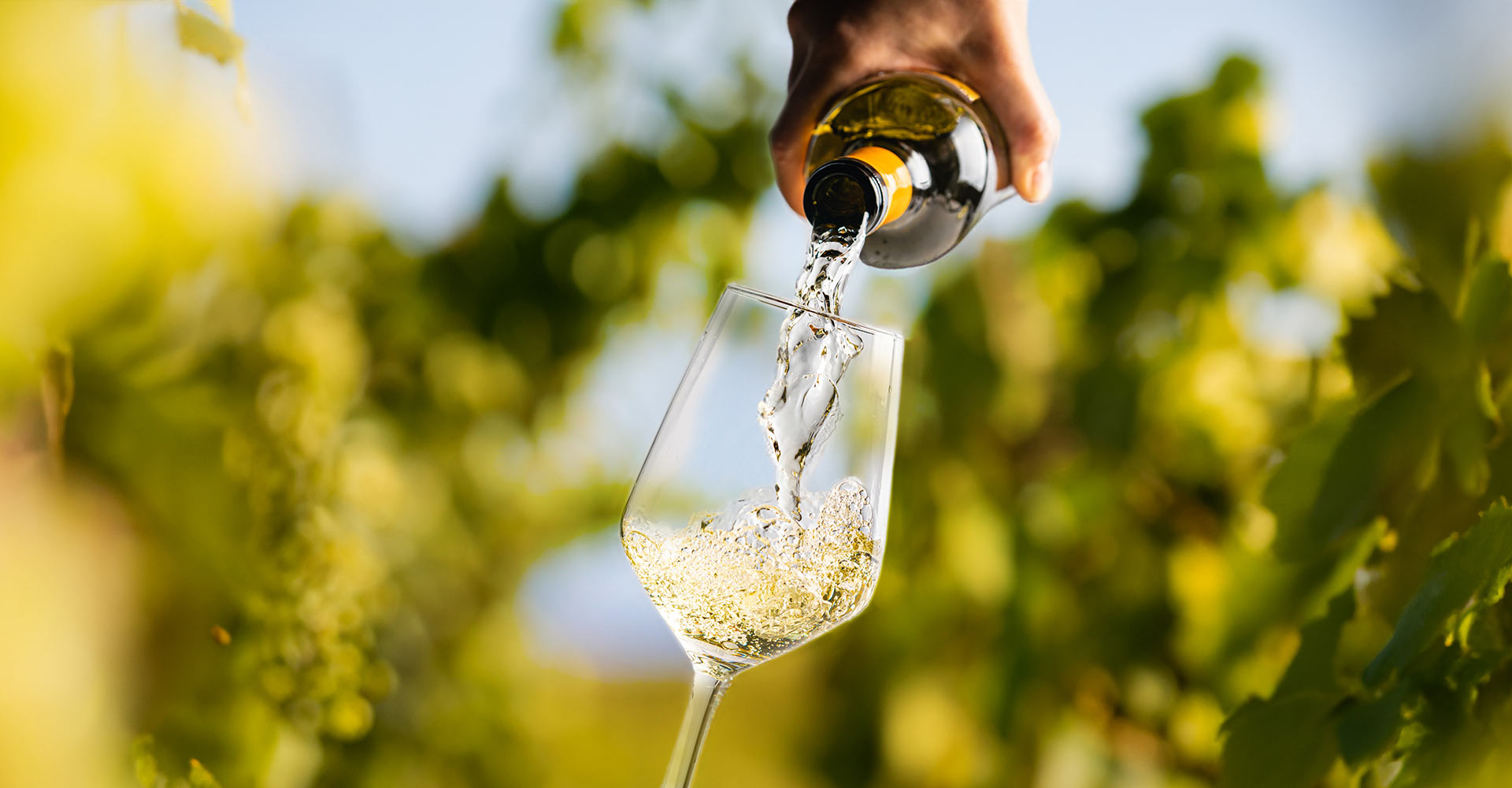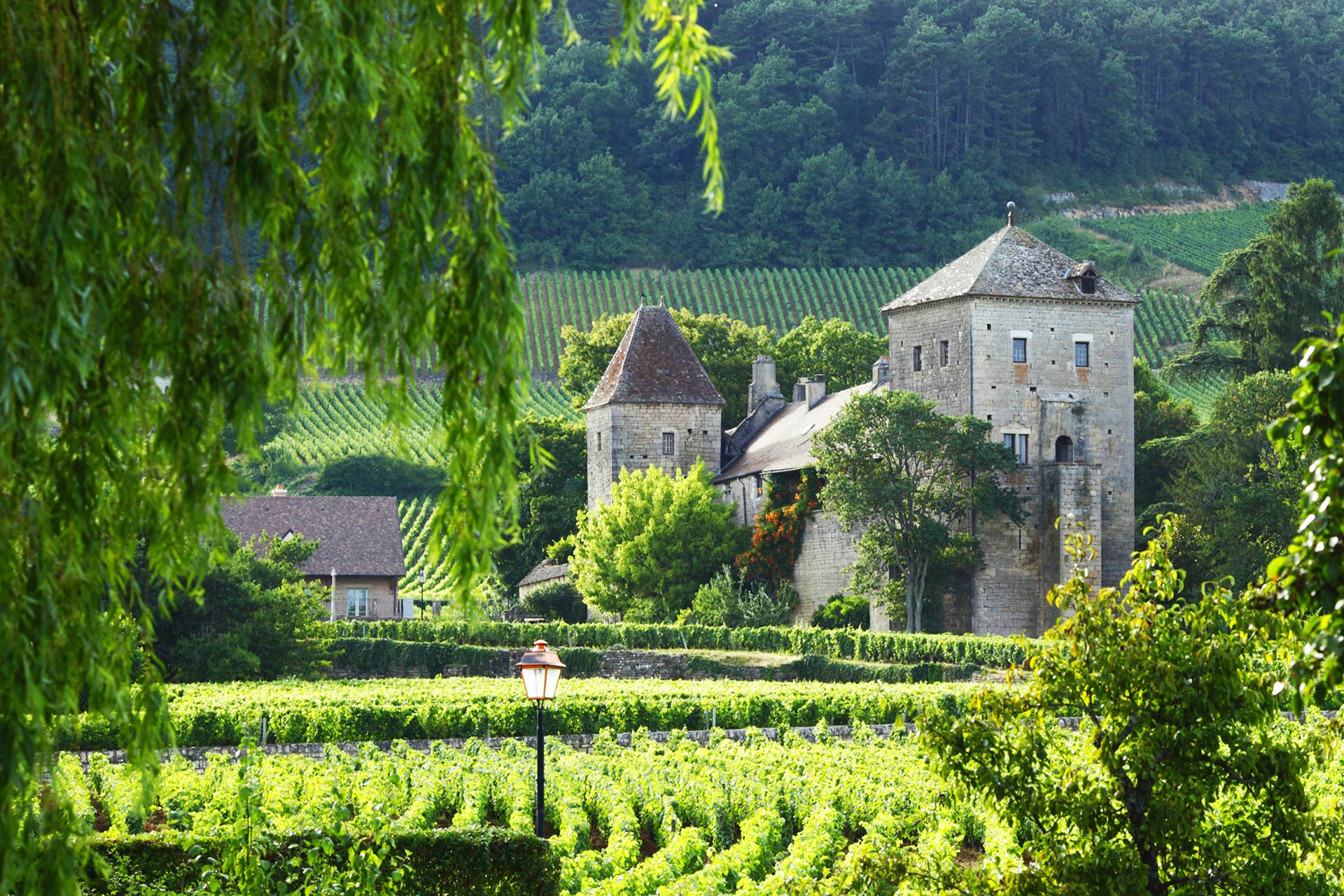A Nose for Change
Britain’s wine drinkers are changing course, and it’s not just a gentle swirl of the glass. The 2025–2026 UK wine market is being stirred, shaken, and spritzed by a new flavour paradigm: freshness. Gone (well, going) are the days of big, boozy reds stomping across supermarket shelves. In their place? Zippy whites, chillable reds, and sparkling everything.
This isn’t just a passing fad—it’s the result of a three-pronged attack: health-conscious drinkers, a shake-up in alcohol taxes, and a market split into bargain-hunters and bougie glass-clinkers. It’s all reshaping how we buy, drink and talk about wine. Let’s uncork it.
Mindful Drinking & the Lighter Touch
“Drink less, but drink better” isn’t just a handy justification for spending £28 on a bottle of English Bacchus. It’s become a full-blown movement. Over half of UK adults have tried a low- or no-alcohol (LoNo) beverage in the last year. But here’s the twist: this trend doesn’t just impact the 0% aisle. It’s changing full-strength wine choices too.
Consumers are waking up to what’s in their glass—particularly the ABV. Wines at 14.5% feel, well, a bit heavy. Especially when you’re trying to fit into post-lockdown jeans. Instead, people are leaning into wines that feel lighter and fresher: Albariño, Riesling, Bacchus and Pinot Noir from cooler climates. They’re not just easier on the head. They’re better aligned with wellness goals—and, let’s be honest, more brunch-appropriate.
How Tax Policy Made Prosecco the Responsible Choice
As of February 2025, the UK government did something few predicted: they gave sparkling wine a break. By switching to a tax system that charges by alcohol strength, they scrapped the historic penalty that made bubbly pricier. Meanwhile, high-ABV still wines (we’re looking at you, jammy Shiraz) are taking a hit.
This change doesn’t just affect producers. It nudges the whole market. Sparkling is now fiscally responsible. Lower-ABV wines under 11.5%? They’ve become economic no-brainers for brands and buyers alike. So don’t be surprised when supermarket shelves lean zesty and lean—and your favourite bold red disappears from the £7.99 section.
The Market’s Split Personality: Value vs. Experience
What we’re seeing is a “K-shaped recovery” in the wine world. One arm of the market is hunting bargains—off-trade staples like Sauvignon Blanc, Merlot and Chardonnay that come with discounts and familiarity. The other? It’s all about discovery. Think natural wines, English sparkling, and experimental blends poured by-the-glass in trendy restaurants.
Younger drinkers, especially Millennials and Gen Z, are leading the charge toward authenticity, texture, and provenance. They want stories in their glass. Meanwhile, older demographics—still the volume drinkers—are sticking with tried-and-true favourites, often hunting for deals.
This split means winemakers and retailers need to pick a lane—or, ideally, cater to both without losing their grip. On the shelf? Keep it simple, flavour-forward, and wallet-friendly. On a wine list? Get geeky and go big on terroir, texture and storytelling.
Wines That Are Winning
The biggest winners in this flavour shake-up are what we call the “Bright Whites”—think Albariño, Bacchus, Chenin Blanc. These wines combine freshness, zing, and a touch of texture. They’re the logical next step for consumers raised on New Zealand Sauvignon Blanc but looking for more.
Then there are the “Chillable Reds.” Once a niche curiosity, they’re now a booming category. Gamay, Frappato, Zweigelt, and cool-climate Pinot Noir offer juicy red fruit, low tannins, and a flexibility that includes serving them cold. Red wine, meet your summer wardrobe.
Rosé is also coming of age. No longer just for poolside sipping, premium rosé now has texture, lees-ageing complexity, and a structure that pairs beautifully with food. The pink stuff is getting serious—and seriously good.
Meanwhile, natural and orange wines continue to find a home with adventurous drinkers. Earthy, funky, and sometimes divisive, these wines prioritise authenticity over polish. They’re less about consistency and more about character—and increasingly, that’s what a certain segment of consumers craves.
The LoNo Dilemma—and a Taste for Innovation
LoNo wines are flying off shelves, but here’s the rub: they don’t always taste great. Removing alcohol often strips out the very qualities that make wine interesting. The result? A “wine-minus” experience that leaves consumers underwhelmed.
So producers are getting creative. Green tea infusions add tannin. Verjus gives acidity. Fermentation with bacteria instead of yeast opens new paths to complexity—without booze. And perhaps most excitingly, there’s a wave of “wine-adjacent” drinks emerging: sparkling teas, botanical blends, kombuchas. They’re not trying to be wine. They’re trying to be better.
Retail vs. Hospitality: A Tale of Two Tastings
Supermarkets and convenience stores—known in the trade as “off-trade”—are all about clarity and price. The goal here is flavour simplification. Labels like “crisp,” “smooth,” or “fruity” win over obscure appellations. SPAR’s own-label range based on flavour profiles is a textbook example.
In restaurants, bars, and hotels—the “on-trade”—it’s a different game. Wine is an experience. By-the-glass programs and Coravin tech let consumers try niche wines without committing to a bottle. Sommeliers are the new influencers, guiding guests through wild ferments, English fizz, and flavour journeys that start with “what do you feel like?”
Looking Ahead: Strategy for the New Palate
The future belongs to producers who adapt. That means reducing reliance on high-ABV reds and embracing wines that align with health, legislative, and flavour trends. Sparkling wines, chillable reds, and aromatic whites should be your new best friends.
Retailers should double down on clarity and value. On the hospitality side, the focus should be on experience, discovery, and building trust through sommelier storytelling and thoughtful curation.
For LoNo innovators, stop trying to make wine without alcohol taste like wine. Instead, create new rituals, new profiles, and entirely new categories that deliver complexity and occasion without compromise.
Final Sip: What the UK Will Be Drinking in 2027
By 2027, British wine drinkers will increasingly chase freshness, texture, and authenticity. Sparkling wines with biscuit complexity. Bacchus with zingy gooseberry notes. Pinot Noir with just enough chill to feel modern.
The losers? High-alcohol, faceless bottles clinging to old-school bulk sales.
The winners? Anyone who understands that great wine today is less about power—and more about personality.



